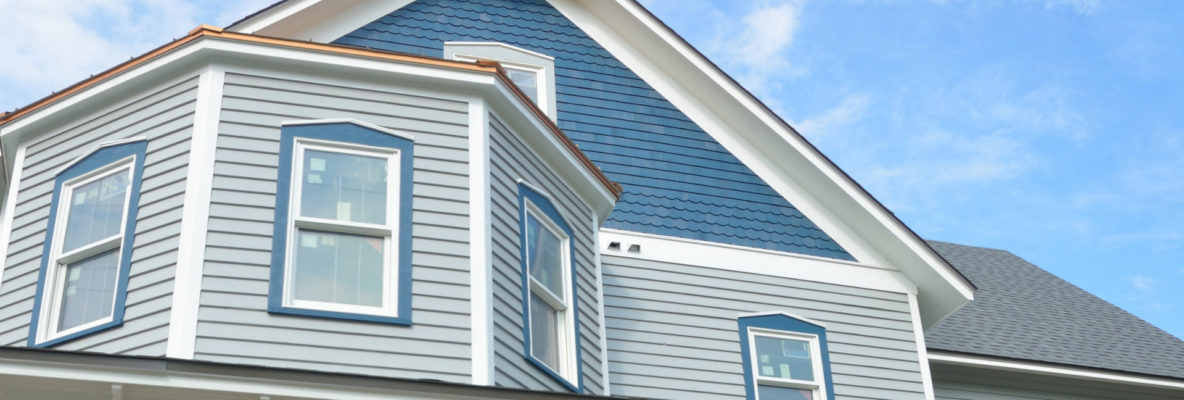When was the last time you took a close look at the siding of your home? Because you likely spend much of your time indoors, it’s easy to forget that the exterior of your house is just as important as the interior.
Even if you are content with the weathered look of your house’s exterior, it is important to remember that siding is much more than a superficial covering that gives your home its aesthetic charm. It is also a protective layer that prevents the elements from damaging everything you own. Most importantly, it prevents moisture from building up and causing mold, mildew and rot that can eat away at your house’s structural integrity
Maybe it’s time to replace your siding, after all. But how do you know when that time comes? As it turns out, there are several ways that you can tell when the time has come to call in the Twin Cities siding professionals.
Here are just a few signs to watch our for:
Cracks, holes and gaps
Exteriors that have gaping holes and missing panels is a fairly obvious way to identify siding that needs to be replaced, but waiting too long can mean the difference between a small and large-scale job.
Waiting to fill open sections in your siding means that you are leaving unaffected sections vulnerable to further damage. Even the smallest cracks in siding can allow moisture to penetrate your house’s protective coating.
Warping, bubbles and exposed nails
Once moisture gets underneath your siding, it can cause the panels to warp and change shape.
Step back from your house and look for sections where the lines are not entirely straight. Then get up close and look for bubbles in the siding or nails that have begun to poke out of the wood. Both are signs of water that has become trapped below the siding, a problem that should be remedied before mold develops.
Mold, water stains, fungus and rot
When moisture is left to fester underneath old siding, mold and other types of fungus will immediately follow. In time, your siding will begin to rot from the inside out, even if it looks fine from the outside.
Simply tapping on your siding and listening for a hollow knock can alert you that your siding has begun to rot from within.
Split seams and fading panels
Even if your siding looks mostly intact, that doesn’t mean that it is in ship shape. Closely examine the seams in between and panels and looks for small separations or canyons. These small openings allow for plenty of space for moisture to invade.
If your paneling looks like it has begun to fade or the paint is chipped and peeling, this could mean that the integrity of the waterproof element has been compromised.
Replace your siding as soon as you notice any of these changes
Moisture is one of your home’s worst enemies. That’s why learning to identify the signs that your siding needs to be replaced is important to all homeowners.
Without a properly sealed exterior, the interior of your home is open to mold, rot and insect damage. It is also an easy way to run up your utility bills, as hot and cold air can easily escape a home that is improperly sealed.
If you think that your siding needs to be replaced, or even if you aren’t that sure, call the experts at Hoyt Exteriors today. We will make sure that your siding is intact and ready to face the elements of nature all year round.

